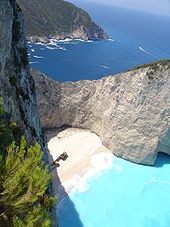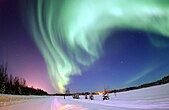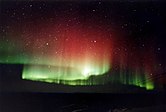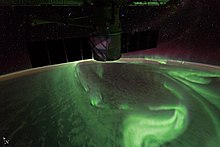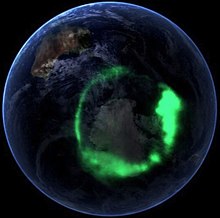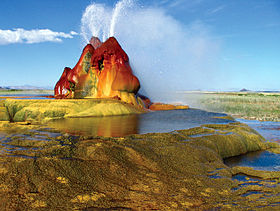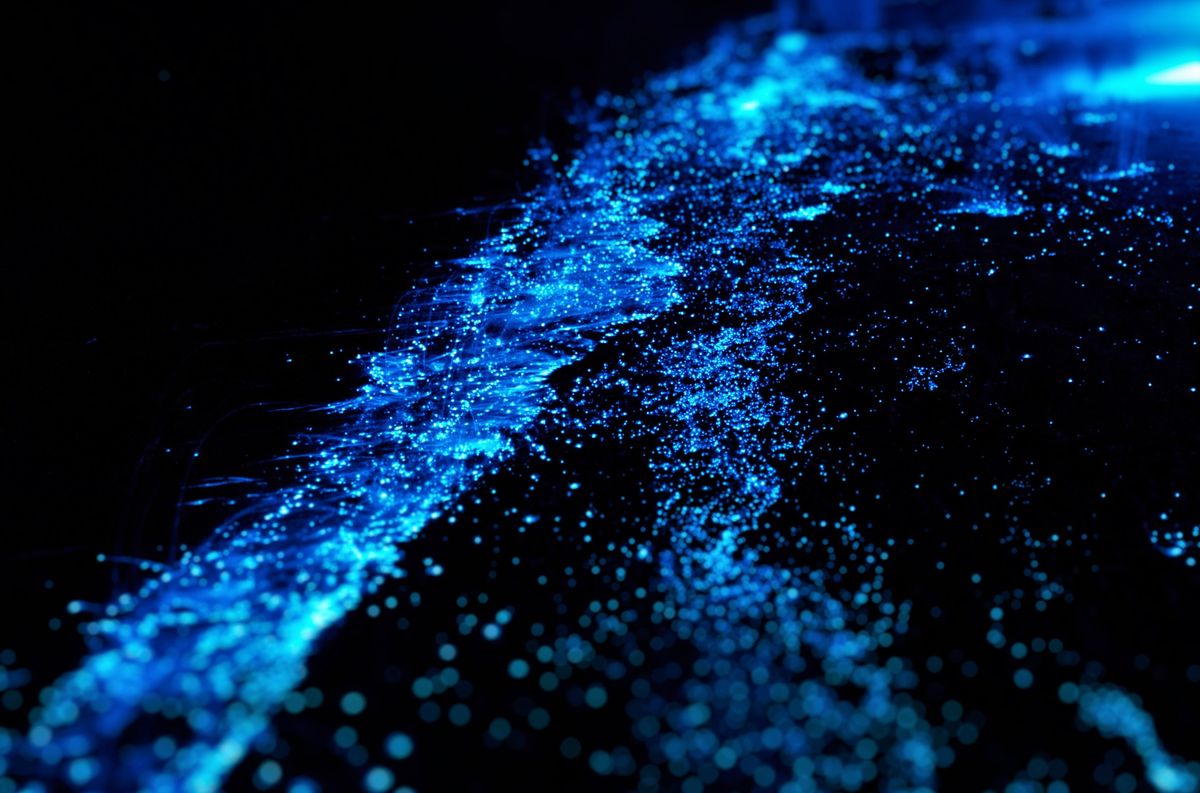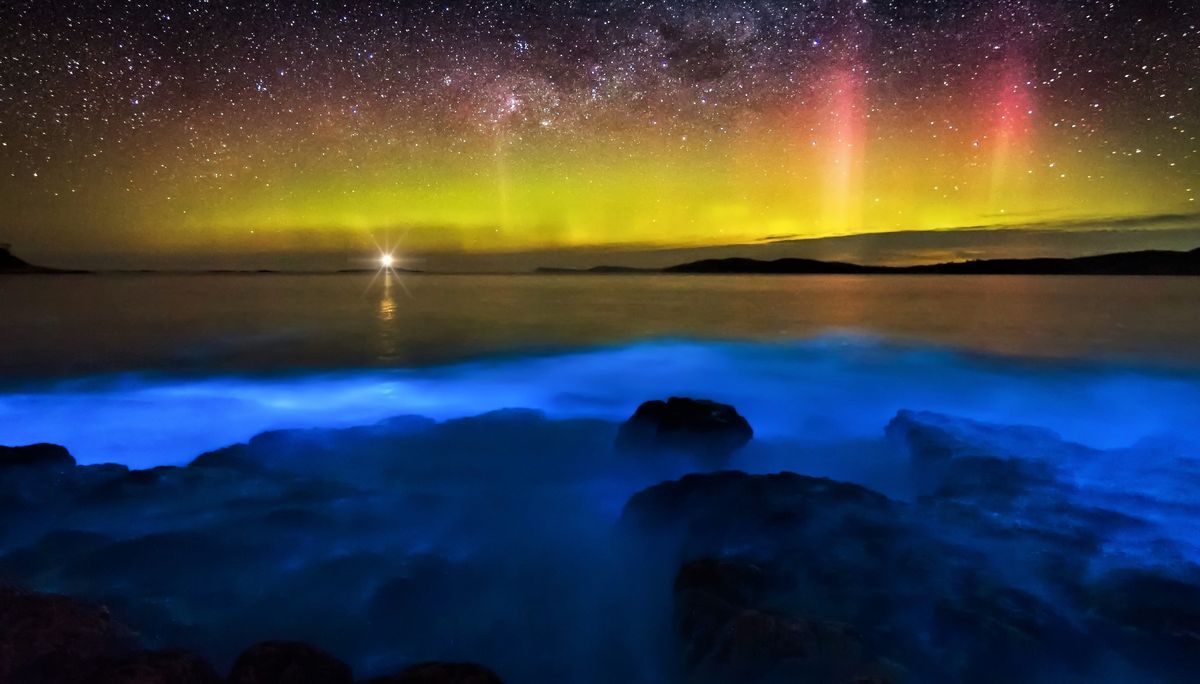Zakynthos is a Greek island in the Ionian Sea. It is the third largest of the Ionian Islands. Zakynthos is a separate regional unit of the Ionian Islands region, and its only municipality. It covers an area of 405.55 km2 and its coastline is roughly 123 km in length. The name, like all similar names ending in -nthos, is pre-Mycenaean or Pelasgian in origin. In Greek mythology the island was said to be named after Zakynthos, the son of the legendary Arcadian chief Dardanus.
Zakynthos is a tourist destination, with an international airport served by charter flights from northern Europe. The island’s nickname is “the Flower of the Levant”, bestowed upon it by the Venetians who were in possession of Zakynthos from 1484 to 1797.
Sights
Famous landmarks include the Navagio beach, a cove on the northwest shore isolated by high cliffs and accessible only by boat. Numerous natural “blue caves” are cut into cliffs around Cape Skinari, and accessible only by small boats. Keri, on the south of the island, is a mountain village with a lighthouse. The whole western shore from Keri to Skinari contains rock formations including arches.
Northern and eastern shores feature numerous wide sandy beaches, some of which attract tourists in summer months. The largest resort is Laganas. Marathonissi islet (also known as “Turtle Island”) near Limni Keriou has tropical vegetation, turquoise waters, beaches, and sea caves. Bochali hill above the Zakynthos town contains a small Venetian castle.
Ancient history
The ancient Greek poet Homer mentioned Zakynthos in the Iliad and the Odyssey, stating that its first inhabitants were the son of King Dardanos of Arcadia, called Zakynthos, and his men. Before being renamed Zakynthos, the island was said to have been called Hyrie. Zakynthos was then conquered by King Arkesios of Kefalonia, and then by Odysseus from Ithaca. Zakynthos participated in the Trojan War and is listed in the Homeric Catalogue of Ships which, if accurate, describes the geopolitical situation in early Greece at some time between the Late Bronze Age and the eighth century BCE. In the Odyssey, Homer mentions 20 nobles from Zakynthos among a total of 108 of Penelope’s suitors.
The Athenian military commander Tolmides concluded an alliance with Zakynthos during the First Peloponnesian War, sometime between 459 and 446 BC. In 430 BC, the Lacedaemonians led a force of about 1,000 heavy infantry, led by the Spartan admiral Cnemus, in an attack upon Zakynthos. Although the attackers managed to burn much of the surrounding countryside, the city itself refused to surrender and the attack ultimately failed. The Zakynthians are then enumerated among the autonomous allies of Athens in the disastrous Sicilian expedition. After the Peloponnesian War, Zakynthos seems to have passed under the supremacy of Sparta because in 374 BC, Timotheus, an Athenian commander, on his return from Kerkyra, landed some Zakynthian exiles on the island and assisted them in establishing a fortified post. These exiles must have belonged to the anti-Spartan party as the Zakynthian rulers applied for help to the Spartans who sent a fleet of 25 to the island.
The importance of this alliance for Athens was that it provided them with a source of tar. Tar is a more effective protector of ship planking than pitch (which is made from pine trees). The Athenian trireme fleet needed protection from rot, decay and the teredo, so this new source of tar was valuable to them. The tar was dredged up from the bottom of a lake (now known as Lake Keri) using leafy myrtle branches tied to the ends of poles. It was then collected in pots and could be carried to the beach and swabbed directly onto ship hulls. Alternatively, the tar could be shipped to the Athenian naval yard at Piraeus for storage.
Philip V of Macedon seized Zakynthos in the early 3rd century BC, when it was a member of the Aetolian League. In 211 BC, the Roman praetor Marcus Valerius Laevinus took the city of Zakynthos with the exception of the citadel. It was afterwards restored to Philip V of Macedon. The Roman general Marcus Fulvius Nobilior finally conquered Zakynthos in 191 BC for Rome. In the Mithridatic War, it was attacked by Archelaus, the general of Mithridates, but he was repulsed.
https://www.tiktok.com/@mineoandrea/video/6989713846067907845
https://www.tiktok.com/@hayley_travel/video/7180698832005532933
https://www.youtube.com/watch?v=AEX4N3rFai8
